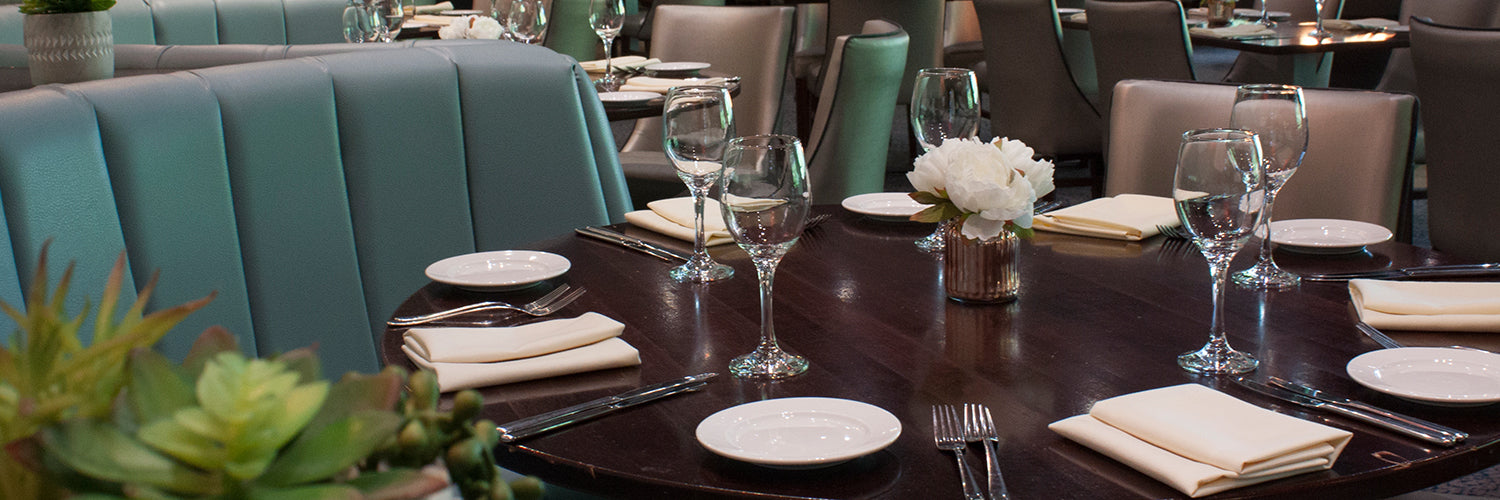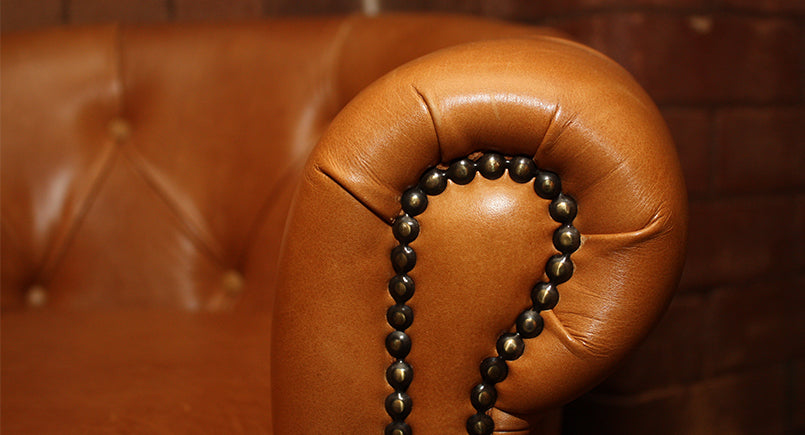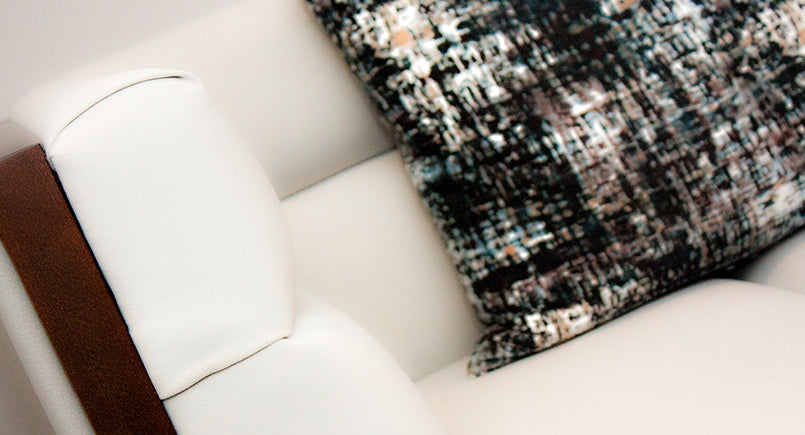Total: £0.00

Part 1. Leather Furniture Care: Maintaining your Hotel Furniture
Taking care of the new leather or faux leather furniture in your hotel, bar or restaurant is imperative to making it last over time. We’ve compiled a guide to leather furniture care so that you can ensure that each piece of your luxury furniture is maintained properly over time.
Leather Upholstery Care: How to Care for Leather Furniture
Leather upholstery can make a stylish addition to your hotel, bar or restaurant, but knowing how to care for leather furniture properly is crucial to maintaining its timeless look. Leather is a resilient material that can be easily looked after, but without regular leather upholstery care your furniture may begin to look a little worn out.
Proper furniture care can extend the life of your leather furniture and keep it looking its best – from dusting regularly, to using specialised products designed for cleaning leather, to dealing with spillages quickly and efficiently.

How Often Should you Treat your Real Leather Furniture?
Although leather has a reputation for being amongst the most durable of materials, the care and maintenance of furniture will differ depending on its use. The stress on leather furniture in hospitality establishments is often much greater, so we have created a leather upholstery care calendar to help you know exactly how and when you should be treating your leather furniture:
|
Once a week:
|
|
|
Every 2-4 weeks: |
|
|
Every 6-12 months: |
|

Faux Leather Furniture Care: How to Care for Faux Leather Furniture
Although leather and faux leather can look the same, when it comes to knowing how to care for faux leather furniture there are some very subtle differences. Faux leather is a synthetic alternative to leather that is typically made of PVC (polyvinylchloride), polyurethane or polyamide microfibre.
There are two important factors to consider when dealing with faux leather:
- Faux leather is a non-porous material, meaning that most stains will sit on top of the upholstery.
- Cheap faux leathers may delaminate over time in areas of heavy guest usage.
In comparison to real leather, faux leather is much more resistant to staining and requires less care, but there are a few handy tips and tricks that can help ensure your furniture maintains its quality for longer:
- Cleaning - When it comes to faux leather, a mild approach to cleaning is recommended. Use warm water and washing up liquid on a non-abrasive cloth to keep on top of marks that build up with use. Make sure the cloth is not dripping wet, as faux leather is a generally less absorbent material.
- Deep cleaning - Although mild cleaning is preferred when it comes to faux leather, tough stains are sometimes inevitable. If this is the case use an alcohol-based cleaner or rubbing alcohol, but exercise with care as overuse can cause the material to permanently lighten.
- Testing products - When using cleaning products on faux leather furniture, it is best to test them on a hidden part of the furniture to check for adverse reactions. Let the product dry, and if successful continue to use on visible areas.
- After care - As useful as cleaning products can be, the majority are not designed to sit on the surface of faux leather for long periods of time. When the mark or stain is dealt with, be sure to wipe it afterwards using a mild detergent such as washing up liquid.
Get in Touch
If you would like to discuss custom or bespoke hospitality furniture options for your restaurant, bar or hotel, get in touch with our customer services team today.
